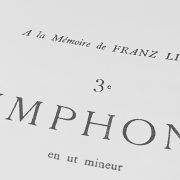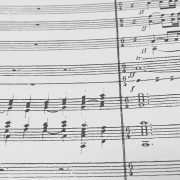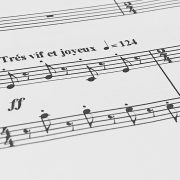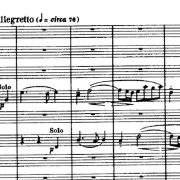Saint-Saëns’ Organ Symphony: Dedicated to… oh he died.
Composers often dedicate their works. Most of the time the dedicatee would be members of the aristocracy, kings, wealthy patrons and the like, hoping for their support for the composers’ music. Sometimes, however, the dedicatee would be friends or peers. Rachmaninoff famously dedicated his second piano concerto to Nikolai Dahl who helped him with his depression, and Mahler dedicated his Symphony of a Thousand to his wife Alma Mahler.
Saint-Saëns intended to dedicate his 3rd Symphony (Organ Symphony) to Franz Liszt, who was 24 years his senior and one of the early supporters of his music. The composer’s popular opera Samson et Dalila, for example, owed its Weimar premiere to the efforts of Liszt after not seeing any interest from French opera houses of the time. When Liszt heard Saint-Saëns play the organ at La Madeleine in Paris, he declared him the greatest organist in the world.
Unfortunately, that was not to be. Liszt died on 31 July 1886, shortly after the premiere of the Organ Symphony on 19 May of the same year, before the score was published – with the inscription “Á la Memoire de Franz Liszt” – to the memory of Franz Liszt.
Come hear us perform Saint-Saëns’ “Organ Symphony”, Poulenc’s Gloria and more in the upcoming Learners concert on May 10, 2017! Contact us at 9234 6057 or by email at learnershk@gmail.com for ticketing and donation enquiry.




